Cultural Horizons of India (Volume 6)
Synopsis
This volume of includes studies of Lokesh Chandra that have been finalised during the last five years. The first chapter deals with pensive images seated in half-locked posture (hankazo) found in China, Korea and Japan. They had been hesitatingly identified as Maitreya, which raised a number of problems vis-a-vis the traditional iconography of the Buddha-to-be. This chapter brings new evidence for the interpretation of the triune images of Maitreya and his disciples from East Asian sources as well as from Tibet. It becomes clear that the hankazo images are of Asanga, also known as Maitreyanatha 'the bearer of the Maitreya tradition'. The fifteen major images, the several sculptured triunes in the Yun-kang caves and on Tibetan scrolls have been discussed at length. The colossi at Bamiyan, Yun-kang and Tun-huang are treated in the second chapter and identified as Maitreya or as Rocana of the Avatamsaka sutras which speak of Rocana (or Virocana) as Abhyucca-deva. Buddhist texts provide proofs for a fresh identity of these images, in their appropriate contexts. Korean and Japanese colossi at Sokkuram and Todai-ji monastery evidence their historic role in the state : Flamonium and regnum in one. The third chapter on Srstikarta Lokesvara with twelve emanations correlates the bronze with its originating text, namely, the Karanda-vyuha, and helps to name it, which had eluded Getty and successive scholars. The iconography of Thousand-armed Majusri by Gauri Devi (Mrs. Lokesh Chandra) is based on a Buddhist sutra translated into Chinese by Amoghavajra in 740. This Manjusri is painted on the walls of the Tun-huang caves in a number of places. A Sanskrit text related to this Majusri has been preserved in Japan in the Siddham script. This has been reproduced along with its edited version in Devanagari script. Calligraphy in Siddham is a living art in the vigorous strokes of the stylus or in the vastness of the brush. The fifth chapter is an evaluation of the Siddham calligraphy of Prof. Nagara Gyoko, as the fetters of the brush fall away to become the irradiating, vivifying, dancing rapture of being as well as non-being. The Tibetan state was formed as early as 247 BC and its continued evolution has been a fact of history. The sixth chapter outlines its formation and consolidation, the military victories of Tibet in the seventh, eighth and ninth centuries in Central Asia as well as against China. The kingdom of Guge in Western Tibet played a crucial role in the defence of the Himalayas against the onslaughts of Central Asian fundamentalism. The seventh chapter on Mongolia is a short statement of the destruction of their priceless cultural heritage and mass murders of the Lamas. The Mongolian people are trying to resurrect their culture. The next chapter is a survey of the studies carried on from 1941 to 1989 on Mongolian culture by Prof. Raghu Vira and his school. The ninth chapter integrates the present to the future in the deeper flow of civilisation and the next one deals with the decline and disappearance of Buddhism in India. The ensuing chapter on identity discusses the many manifestations of exclusivism, religio-martial aristocracy contraposed to the open text tradition, contemplation, and a never-ending quest for the Sanatana. The twelfth chapter is on a Ming jar with Sanskrit mantras, which shows that as late as the 14th century Indian pandits like Sahajasri were present at the Imperial Court of China and supervised spiritual affairs of the Emperor. The thirteenth chapter surveys extant Japanese scrolls of Buddhist iconography from the seventh to the fourteenth centuries. They are exceedingly rich sources for Buddhist iconography, with drawings and their names inscribed. They await research. The fourteenth chapter is an edition and annotated translation of the Old Javanese Chanda-karana 'The Art of Writing Poetry', which Prof. Poerbatjaraka considers to be the first literary work of Classical Indonesia. It is a rich source for grammar, metrics, rhetorics and lexicography. It preserves extensive quotations from the now-lost Amaramala which was a precursor of the Amarakosa. As such it is of unique value for Sanskrit studies. At the end are papers in Hindi on the cultural relations of India and Mongolia, etymologies of Persian words, Javanese vocabulary, Balinese rituals, mantras and madras in Balinese worship, Ramayana in the performing and pictorial arts as well as literatures of Southeast Asia, the international Ramayana conference in Indonesia, and finally various papers on the life and work of Prof. Raghu Vira when he left for the heavenly fields in 1963.
Read more
51.30
46.17
$
57.00 $
Free delivery Wolrdwidе in 10-18 days
Ships in 1-2 days from New Delhi
Membership for 1 Year $35.00
Get it now and save 10%
Get it now and save 10%
BECOME A MEMBER

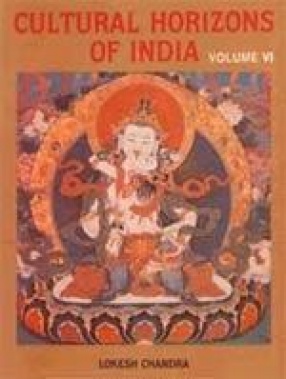
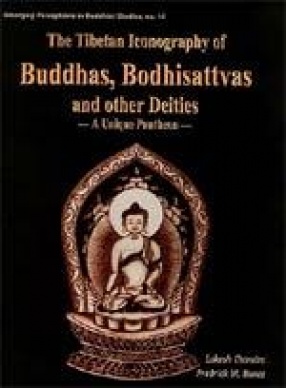
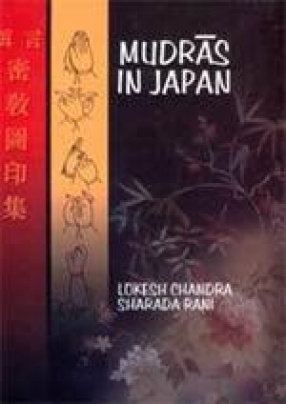
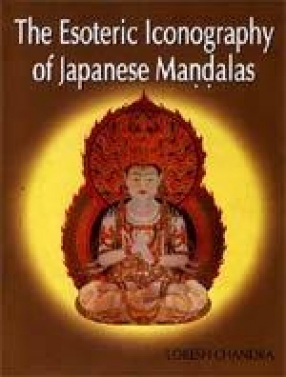

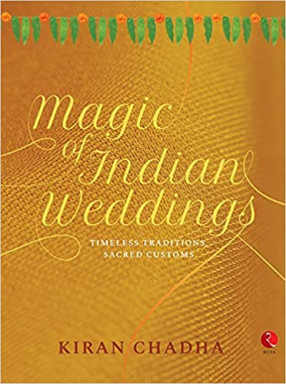
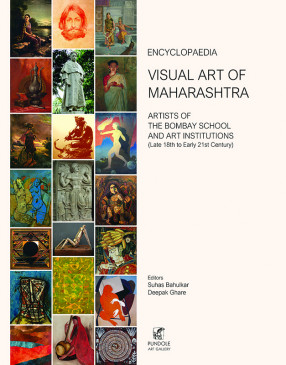
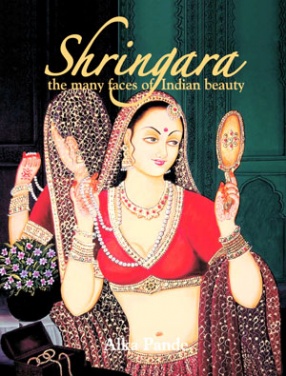
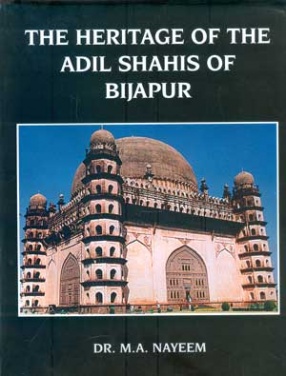

Bibliographic information